Sad to see the final closure announcement from Arts and Health South West (AHSW), with their…
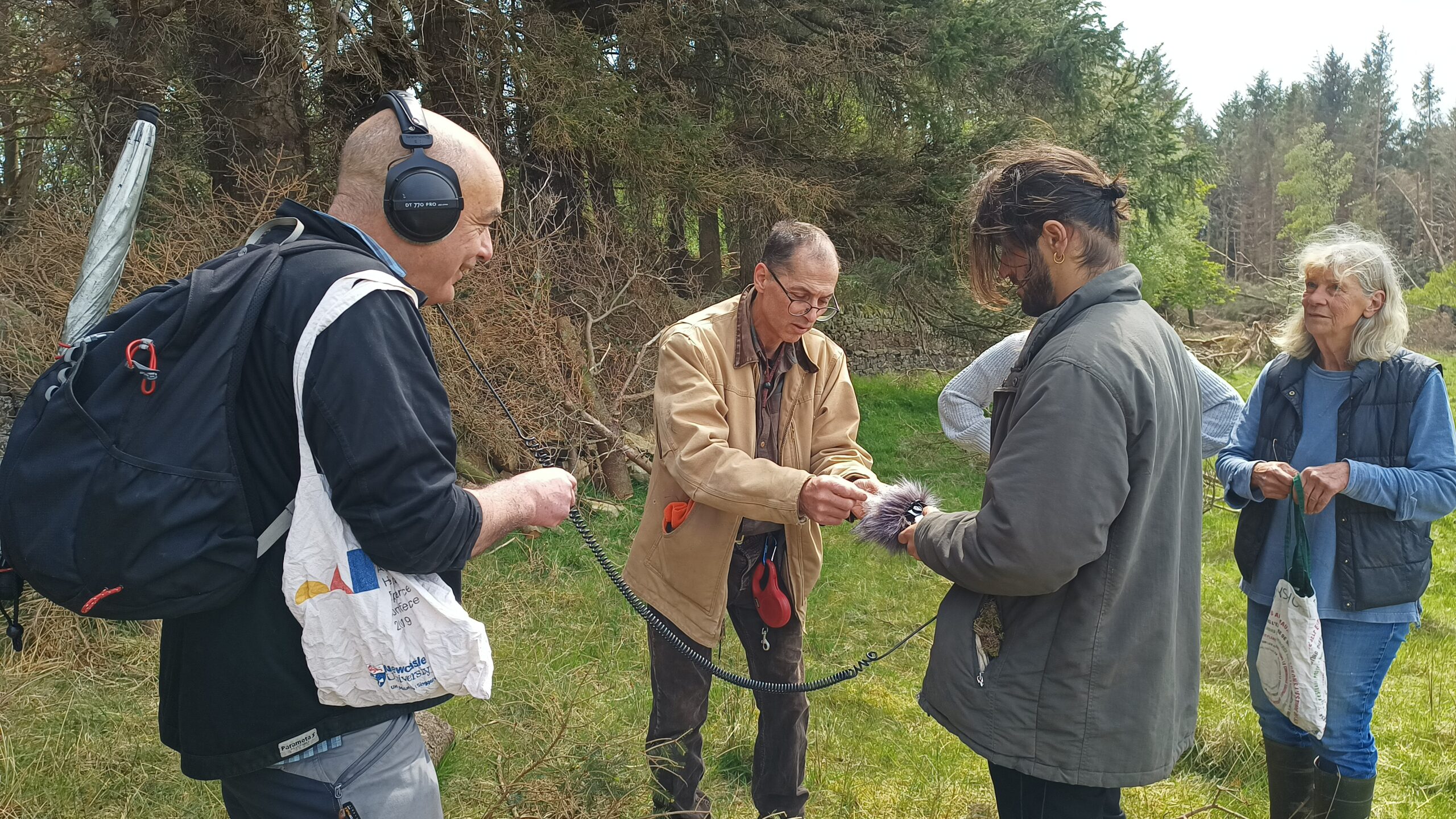
Visual Arts in Rural Communities (VARC)
What is the story behind VARC and its origins?
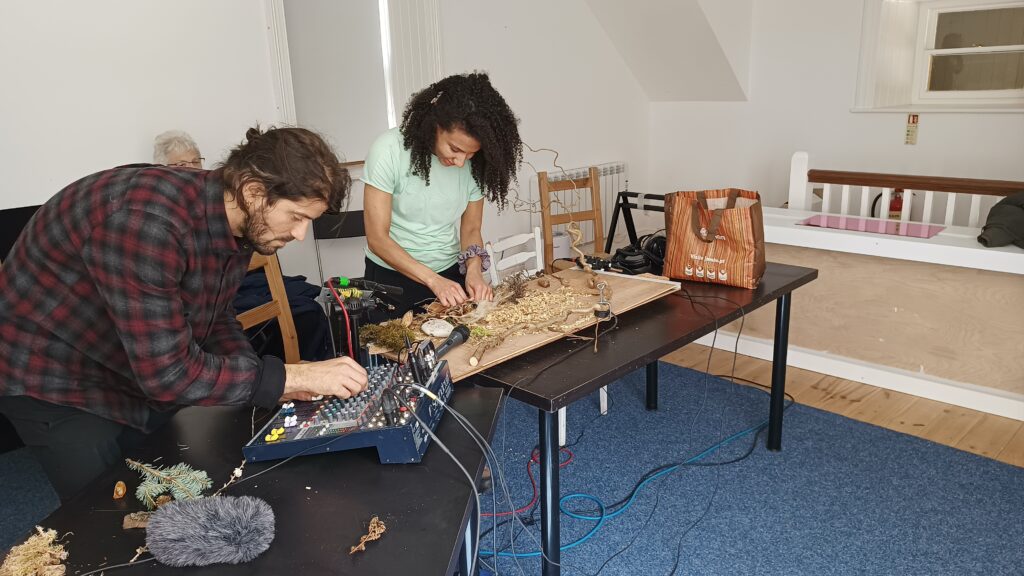
Visual Arts in Rural Communities (VARC) was set up in 2000 and became a registered
charity in 2002. VARC is based at Highgreen in rural Northumberland and its mission is:
● To support and fund artists to live and make work in response to the rural
landscape and its community.
● To foster, promote and advance an appreciation and understanding of
contemporary art and enjoyment of creativity through exhibitions, events and
participatory activities in the community and with visiting groups, local schools,
and regional SEN and SEND schools.
● To co-operate with other charities and organisations, to work together to achieve
aims and share knowledge.
The founder Leo Amery, a stained glass artist, explains what motivated him to set up the charity:
“…I moved from London to a very rural part of southwest France in 1986 when I was
thirty. The aim was/is to get closer to Nature both as an inspiration for my work as an
artist and for my development as a human being. The idea of VARC was to give artists a similar and rare opportunity to live and work in a very rural environment for a year-long residency so as to experience Nature through all its seasons. The engagement with the rural community is an inevitable consequence of such a move and VARC is the catalyst to encourage and facilitate this interaction.
My experience of helping to bring up our son, Joey, who is on the more challenging end of the autistic spectrum, led me to subsequently encourage VARC to have a focus on working with people with autism…”
In addition to the residency programme, VARC has instigated, fund-raised and managed additional projects where artists have worked in relation to the local community. These have ranged from small community events to large projects that have involved artists’ commissions, local residents’ participation, regional public events and substantial publications.
I imagine that some of the artists who come for their residency have some experience
with participatory arts and others have less, how do you support these artists with less
experience during their residency?
One of the criteria when applying is enthusiasm or experience of working with people as the engagement programme is an important part of the residency. We work together with the artist to develop the engagement programme and support the artist if they do not have much experience. It is likely the artist will visit the group they will be working prior to any workshop. This is particularly important when participants are from an SEN or SEND school, so that everyone is clear about needs and expectations.
Since the start of the programme what have been some of the challenges of engaging
rural communities in participatory arts and the workshops put on by resident artists ?
Access is one of the most challenging aspects as there is no public transport where we
are based. Therefore, people need to be able to drive or get a lift to attend workshops
and events. We offer a minibus from Newcastle when we have end of residency shows
and when groups visit, we help to cover the costs of transport.
What are some of the benefits of artists being in such a remote, rural landscape, in
engaging and connecting with their creative process?
The remote location enables the artists and visitors to become completely immersed in nature. There are very few distractions so the artist can concentrate on their work, be experimental and see where their ideas take them. The residency provides two of the greatest currencies, that of space and time.
Current artist in residence Gil Delindro, a sound and media artist, ran a workshop over
Creativity and Wellbeing Week 2022. The workshop involved walk around the area
where the residency is based, while collecting pieces of nature to work with in the studio, here we have some participant feedback and photos.
“With the help of Gil's enthusiasm, I have built my first contact mic (yippee!) and I am gleefully attaching it to all sorts of stuff to see what it sounds like close up. The workshop was fab and unlike other sound walks I have been on, not solemn but creating music out of the landscape and connecting with it. Highgreen is spectacular.”
“It was magical to hear the sound of grass, moss and a feather like that – it has made me look and listen to the world differently.”
“I have never heard so many people say ‘wow’ in a workshop before. The landscape around VARC is stunning.”
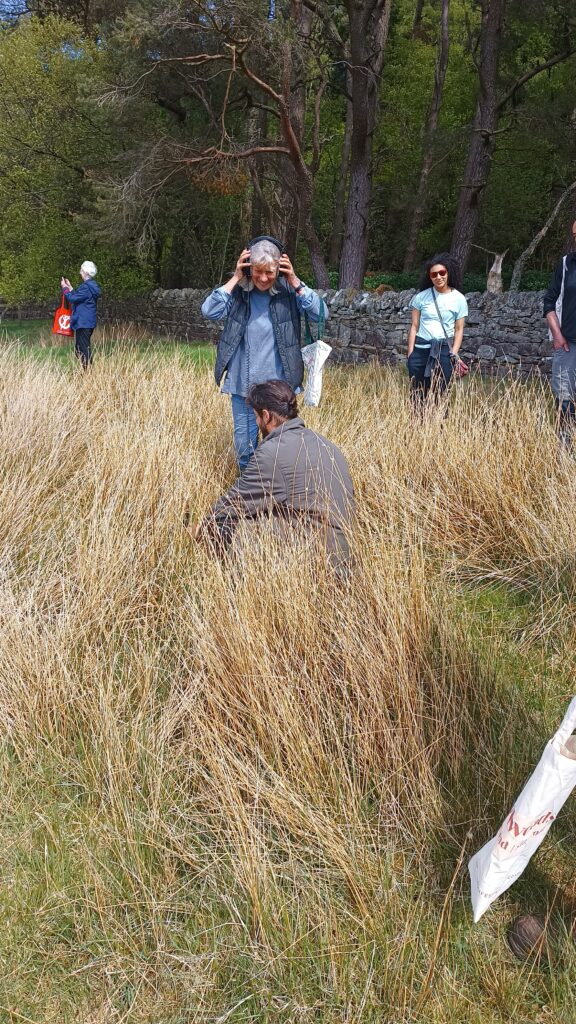
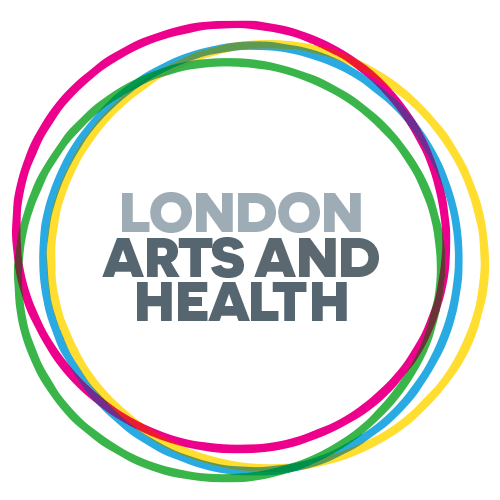

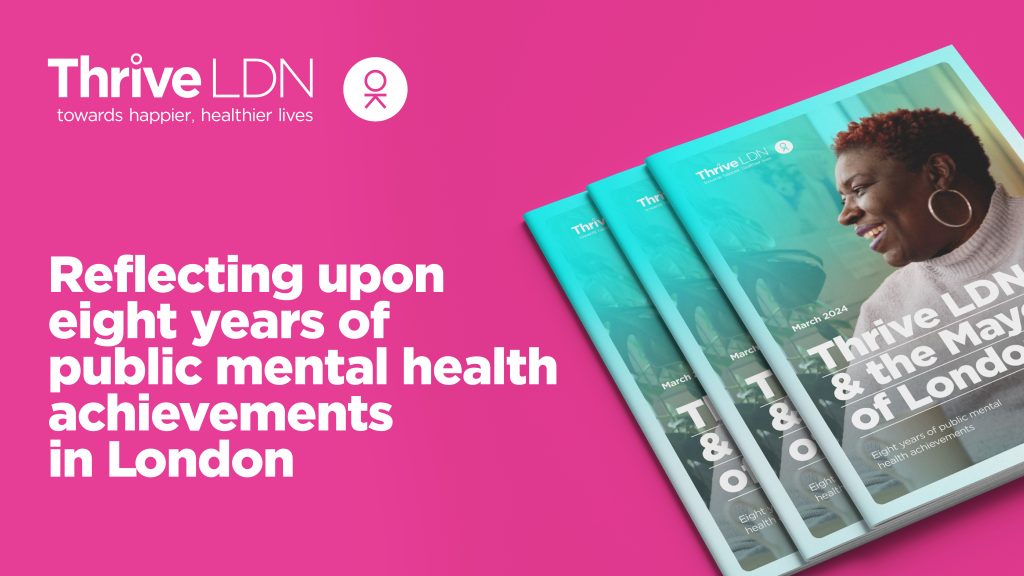




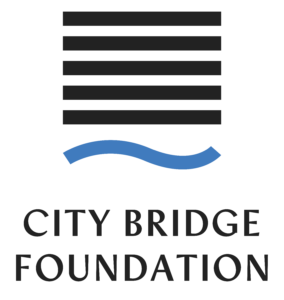
This Post Has 0 Comments